Following the FDA: Sites Want Flexibility From Sponsors
In the third of their survey series, Clinical SCORE uncover the specific hurdles faced by site staff and trial participants during the COVID-19 pandemic and the support needed to overcome them.
As the COVID-19 pandemic wears on, the FDA continues to update the latitude it granted to sponsors in the hopes that protocol modifications can keep trials running while ensuring the safety of site staff and trial participants. But has that flexibility been embraced and executed upon by sponsors? Are site staff and trial participants getting the support critical to maintaining the safety of those involved and the integrity of the data generated?
To find out, we continued our survey series aimed at uncovering the specific hurdles faced by site staff and trial participants during the COVID-19 pandemic and the support needed to overcome them. Figures 1 through 3 detail the makeup of the 255 study personnel who responded to this third survey.
Figure 1: Regional Breakout
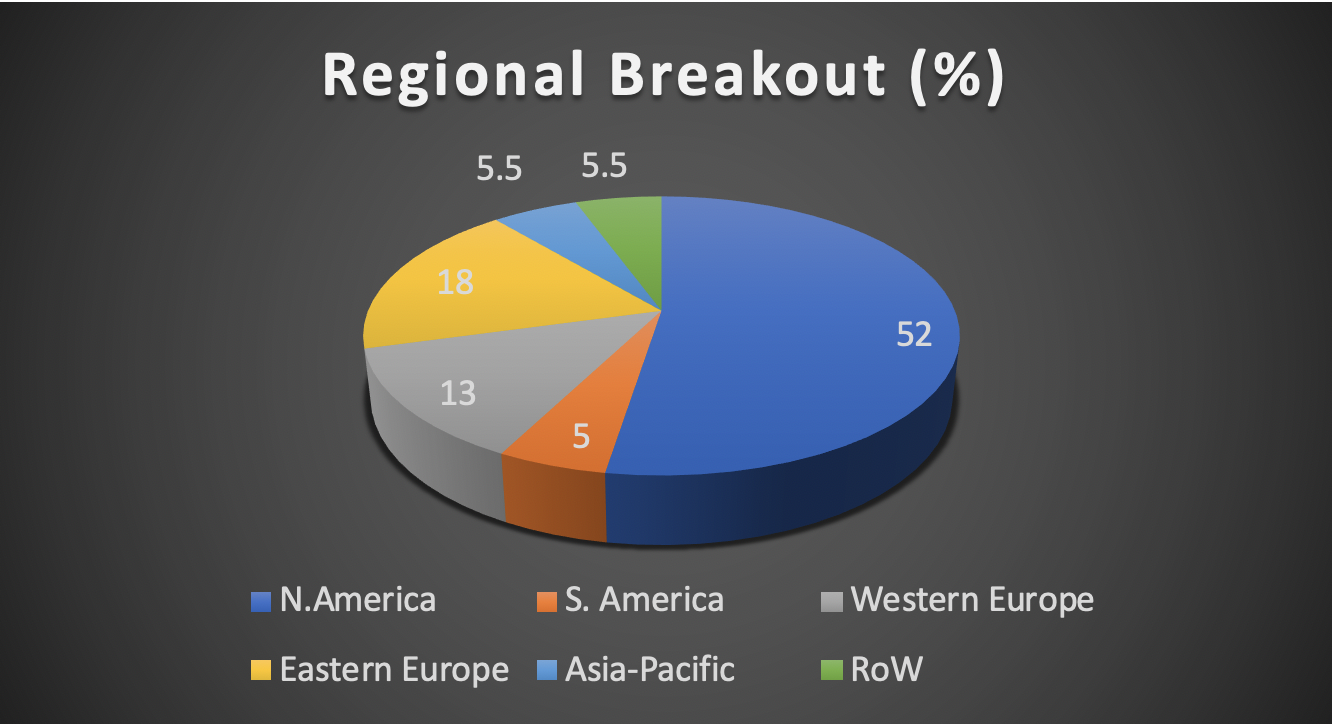
Figure 2: Clinical Trial Setting
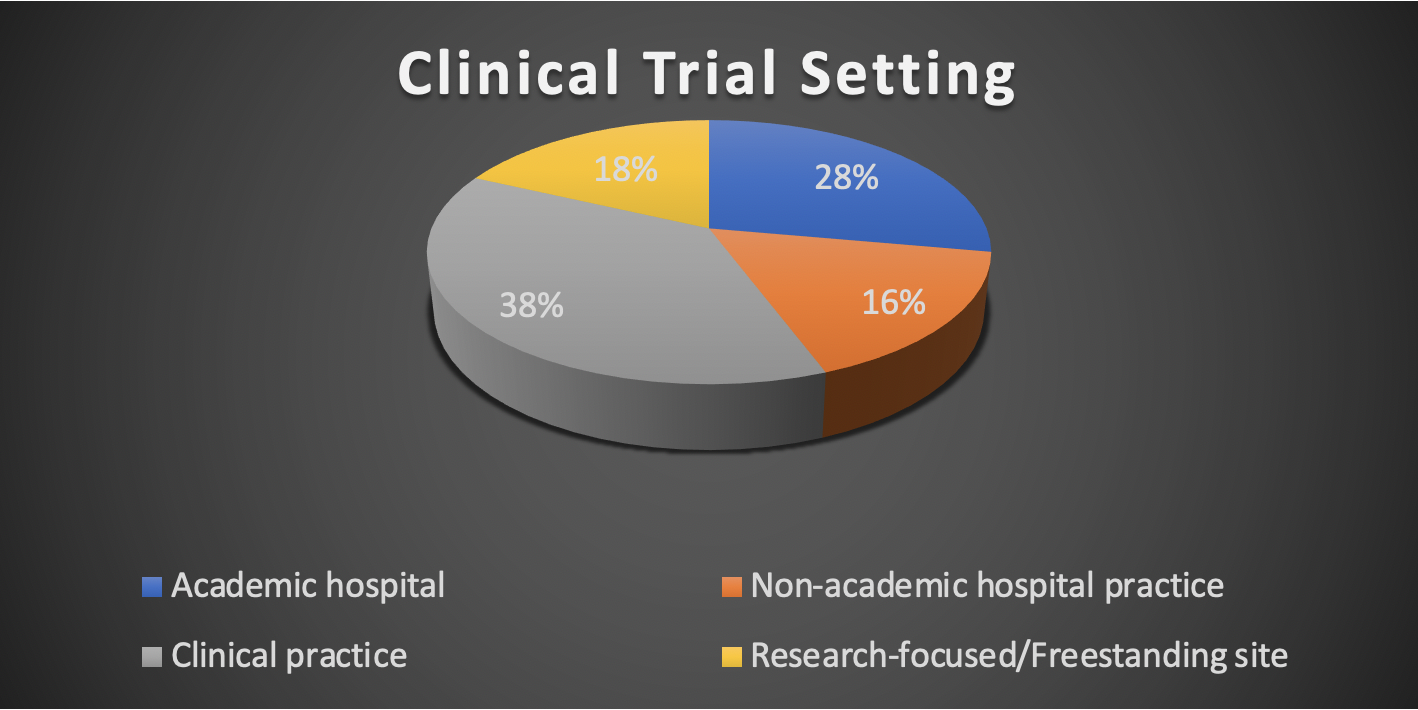
Figure 3: Respondent Role

Of the PIs who responded, most were in cognitive specialties, such as psychiatry and cardiology (Figure 4).
Figure 4: Principal Investigator Specialty
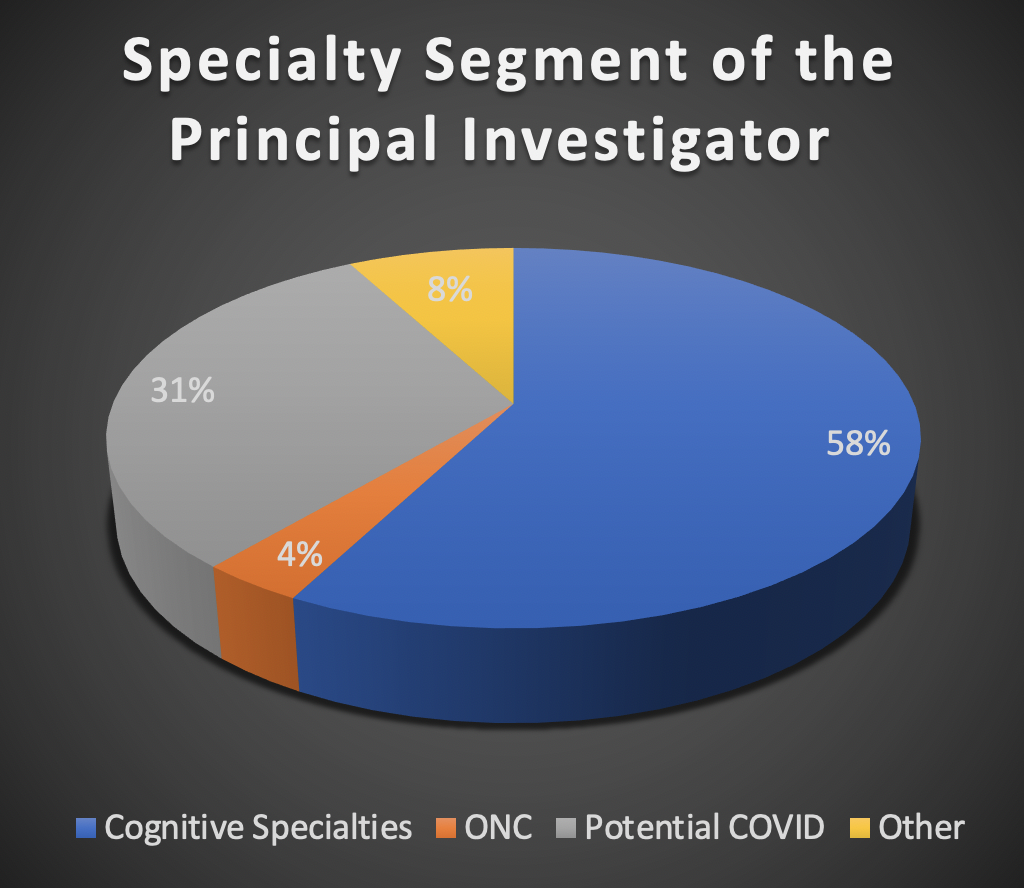
From this large number of respondents across the globe and from a mix of study site types, several take-aways are clear:
- The vast majority of sites are experiencing a financial decline due to the pandemic, making flexibility much more critical. One investigator said,“We would like any studies currently on hold to get started. We are using proper PPE and cleaning techniques to keep our patients and employees safe. Our site cannot survive if studies don't begin until next year.”
- Study site staff believe there will be fewer in-person visits in the future and that it will take 6 months or more for trials to return to pre-COVID-19 levels. One respondent noted, “Right now we are doing remote visits and are now starting to see some participants in the clinic. State rules and our institution’s guidelines determine these practices.”
- Site staff need sponsors to allow protocol changes that permit remote site visits and they need help from Clinical Research Organizations (CROs) to make them possible. An investigator wrote, “Stay in touch. Work with us on remote monitoring visits. Provide information on how other sites have been successful in getting studies back up and running.”
Change is critical to overcoming financial losses
The financial loss from the COVID-19 pandemic is undeniable. A whopping 74% of clinical trial sites have experienced a financial decline since the pandemic started (Figure 5). Perhaps relatedly, a quarter of sites have less staffing now compared to before the start of the pandemic, with differences experienced across site types (Figure 6). Only 6% of sites have hired more staff during the pandemic.
Figure 5: Financial Decline
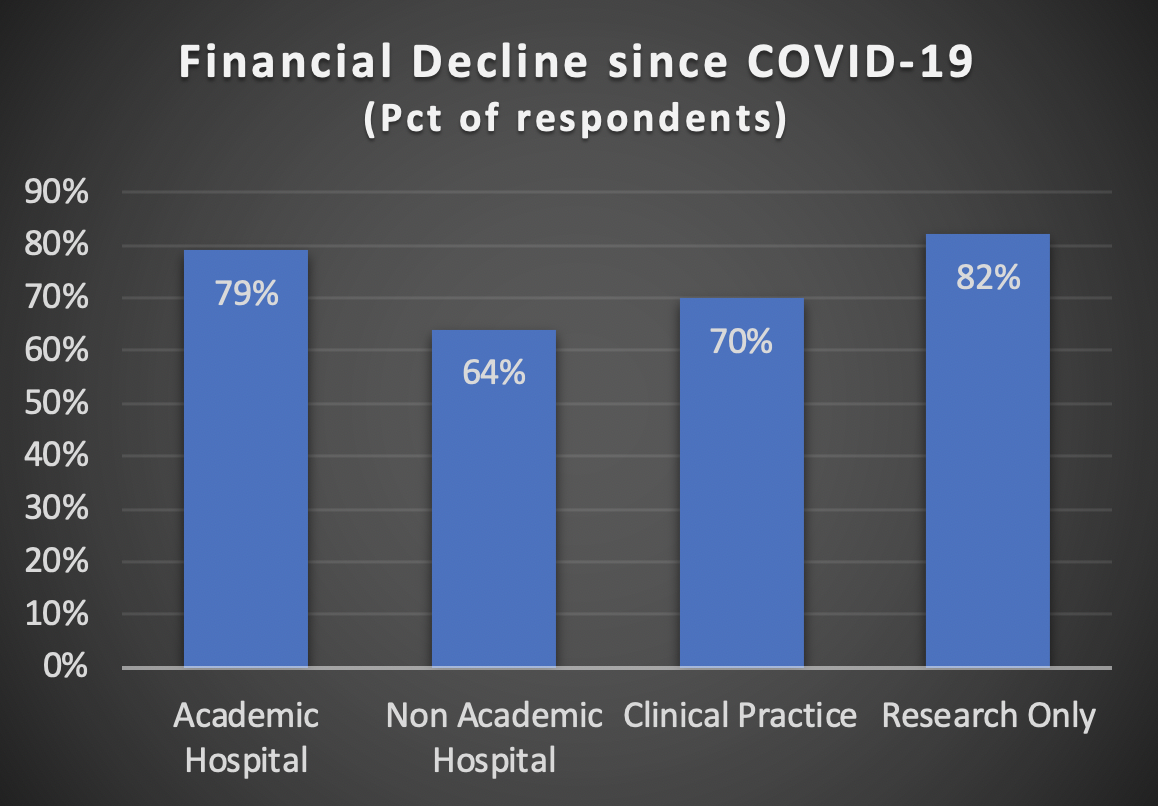
Figure 6: Staffing Decreases.
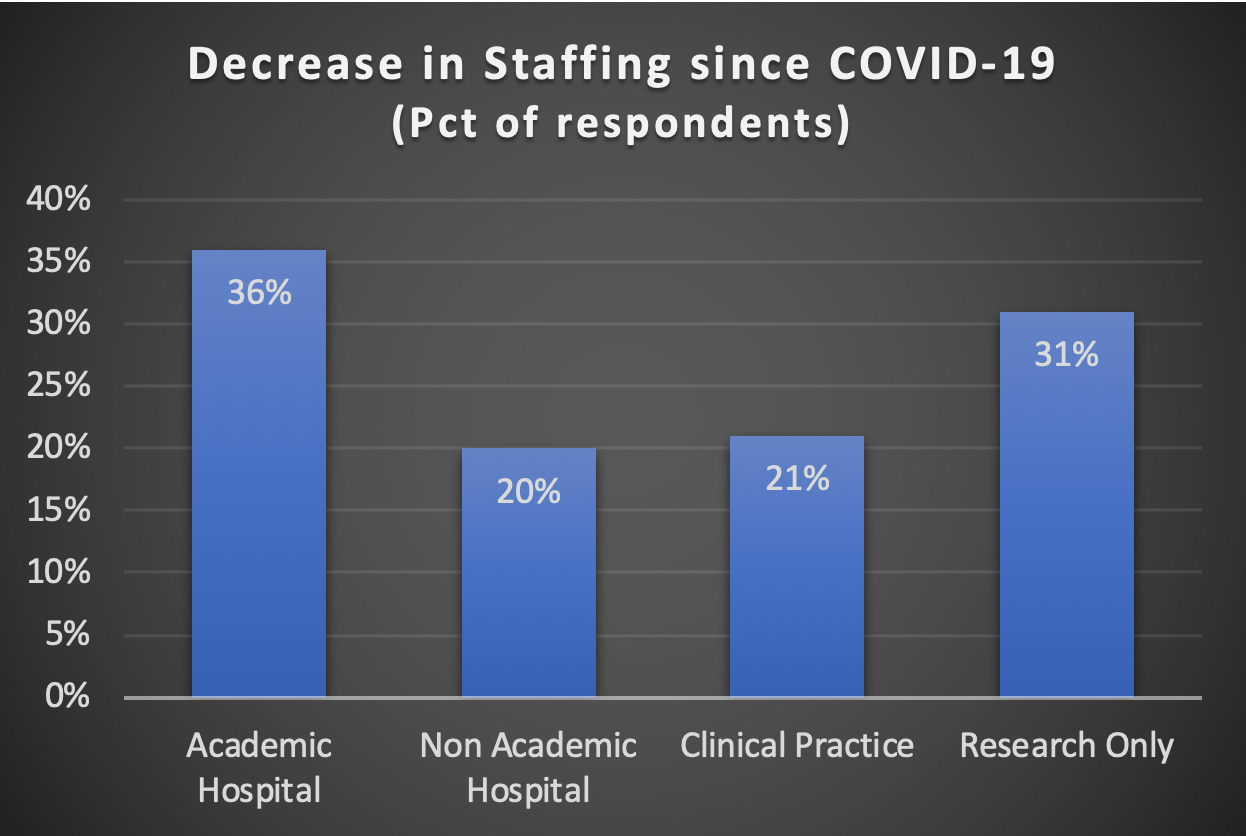
According to survey respondents, the financial situation may not change for some time to come. On average, respondents believe it will take 5 to 6 months before the number of clinical trials being activated will return to pre-COVID-19 levels (Figure 7). The estimation changed by site location, where sites in eastern Europe expect pre-COVID-19 levels to return significantly sooner (4.2 months) than sites in all other regions.
Figure 7: Estimated time to return to pre-COVID-19 levels.
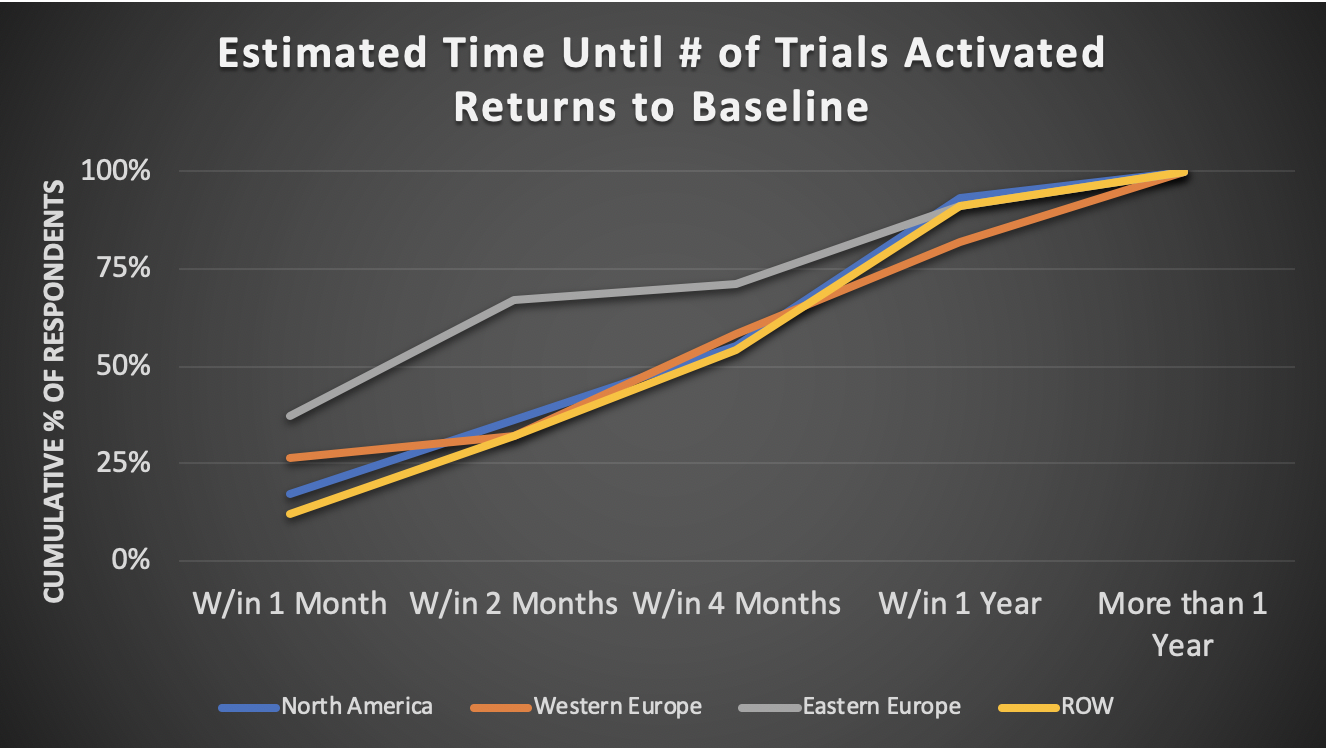
One source of hope for an increase in the number of trials comes from specialty sites with potential COVID-19 focus who are expecting to run trials related to COVID-19. Over a third of staff from these types of sites are running or planning to run COVID-19 related trials, with 77% expecting traditional site visits and 37% noting home visits.
Virtual visits are the future of clinical trial research
The keys to continuing clinical trial programs amidst the pandemic may be to scale up virtual or remote visits, giving any relief possible from the financial effect of the pandemic. Across the board, the majority of study site staff believe the number of in-person site visits will decline. In fact, over 50% of site staff requested more non–on-site visits. Academic sites and non-academic hospitals were significantly more likely to request this change from sponsors than were other clinical trial site types-nearly 70% of hospital sites responded as such to this open-ended question. The desire to convert to remote visits was not affected by the number of active trials being conducted at a site.
What will patient monitoring look like in the future? Most respondents felt telephone-facilitated visits will increase more than other visit types moving forward (Figure 8). Technology is key to making these remote site visits possible. Therefore, it is not surprising that 65% of respondents who expected an increase in remote monitoring also expected a greater use of automation and technology. Academic and research-only sites had a significantly higher expectation for higher levels of automation than all other sites, as did sites with >10 active trials.
Figure 8: Types of Site Visits in the Future
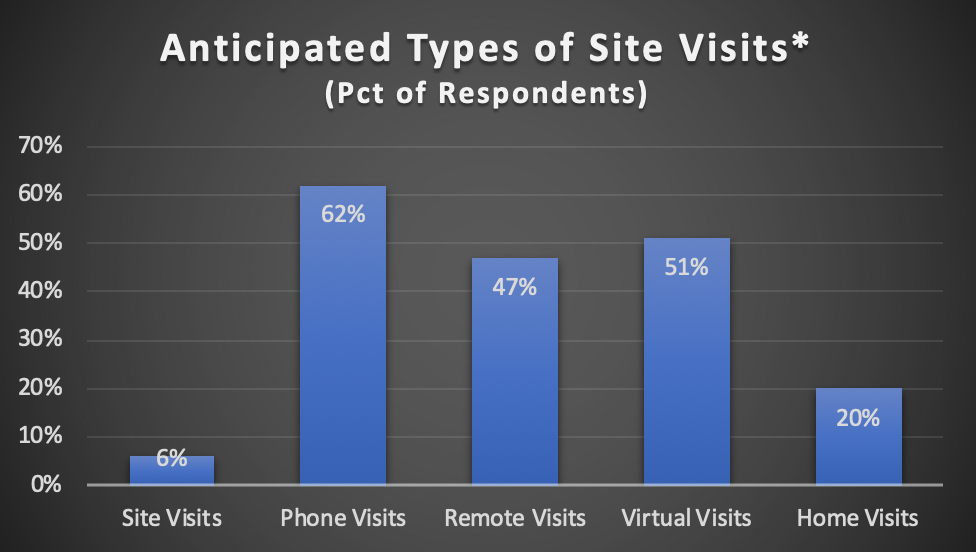
One of the key concerns around the use of technology and remote monitoring is the quality and integrity of the data generated. Of site staff who expect an increase in non-traditional site visits, the vast majority felt confident in the quality of the data obtained from remote and virtual visits. Confidence in remote-collected data did not change by site type. However, 20% of site staff want to be re-assured of data integrity as we move into more remote monitoring. Sponsors cannot overlook such a skeptical group of site-staff customers when recruiting sites for new trials.
Sites to sponsors: protocol changes are a must
To make remote visits possible, site staff need flexibility in the form of protocol amendments. Fully three-quarters of site staff requested that sponsors provide protocol changes to allow for remote site visits-and this is a priority for hospital-based sites in particular.
Site staff had other requests for sponsors as well, many of which may help not only maintain trial programs but relationships with site staff as well:
- Study medications sent directly to trial participants, particularly at academic sites
- Protocol flexibility
- Budget to execute those changes, especially at research-only sites
- Help in acquiring personal protective equipment (PPE) and COVID-related supplies
- Better communication with the sponsor
Interestingly, several sites not immediately feeling negative effects from the pandemic do not want to be lumped in with sites that are more largely affected. This shows that the effect of the virus is as unique to each site as it is to each patient.
Site staff echo the call to CROs for support in executing remote visits. When given an open-ended question, a third of site staff specifically responded that online monitoring and remote communication would be most helpful in assisting with virtual or remote visits. Similar to responses about sponsor support, site staff indicate a basic need for better communication and the willingness of CROs to be more flexible and open to change.
Shifting the focus from pause to pivot
At the beginning of the pandemic, study sponsors were quick to hit pause on activating new trials. As time goes on and the idea that COVID-19 is something we need to live with not past, sponsors need to turn their effort to the protocol amendments and creative solutions that will help study site staff keep participants safely engaged in trials while maintaining the integrity of the data.
For the third time in this series, study site staff have volunteered specific suggestions for how to make this happen. Some suggestions, like home delivery of trial medication, are born from the unique situation presented by this global pandemic. Others should be perennial, like effective and timely communication. The FDA has issued guidance to model that modifications like these are, in fact, possible in a segment of the industry that is often viewed as rigid and guarded to change.
What is also enduring is the need for unbiased research that can uncover the true needs of healthcare stakeholders, like those detailed in this study report and the reports of the previous two surveys. It is ironic that clinical development aims to discover information that supports change, whether it is a new indication or a new product to help patients in need. Especially during this pandemic, there is a need to turn that objective inward and help those who make those trials possible.
Blaine Cloud, PhD, is Senior Vice President, Gary A. Kaplan is Vice President, Analytics; Ross Weaver, PharmD, is the President all with Clinical SCORE, LLC
Improving Relationships and Diversifying the Site Selection Process
April 17th 2025In this episode of the Applied Clinical Trials Podcast, Liz Beatty, co-founder and chief strategy officer, Inato, discusses a number of topics around site engagement including community-based sites, the role of technology in improving site/sponsor relationships, how increased operational costs are impacting the industry, and more.
Behind the Buzz: Why Clinical Research Leaders Flock to SCOPE Summit
February 7th 2025In this episode, we meet with Micah Lieberman, Executive Conference Director for SCOPE Summit (Summit for Clinical Ops Executives) at Cambridge Innovation Institute. We will dive deep into the critical role of collaboration within the clinical research ecosystem. How do we bring together diverse stakeholders—sponsors, CROs, clinical trial tech innovators, suppliers, patients, sites, advocacy organizations, investors, and non-profits—to share best practices in trial design, program planning, innovation, and clinical operations? We’ll explore why it’s vital for thought leaders to step beyond their own organizations and learn from others, exchanging ideas that drive advancements in clinical research. Additionally, we’ll discuss the pivotal role of scientific conferences like SCOPE Summit in fostering these essential connections and collaborations, helping shape the future of clinical trials. Join us as we uncover how collective wisdom and cross-industry partnerships are transforming the landscape of clinical research.